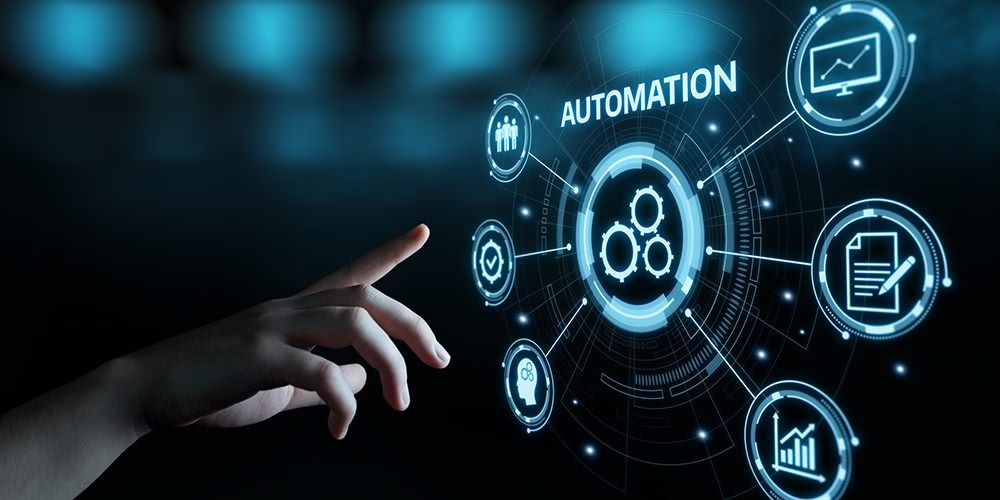Introduction
Artificial Intelligence (AI) and automation have emerged as transformative forces in modern industries, driving efficiencies, optimizing processes, and reshaping traditional work environments. As AI-driven technologies become more sophisticated, businesses across various sectors are integrating automation to improve productivity, reduce operational costs, and enhance customer experiences. However, with these advancements come significant implications for the workforce, requiring adaptation and upskilling to remain relevant in the evolving job market.
The Evolution of AI and Automation
Early Stages of AI Development
- The foundation of AI dates back to the mid-20th century, with early developments in machine learning and neural networks.
- Early automation primarily focused on manufacturing and repetitive tasks.
- Key milestones include expert systems, rule-based AI, and the rise of data-driven models.
Breakthroughs in AI Technology
- The advent of deep learning, natural language processing (NLP), and robotics has revolutionized automation.
- Advances in cloud computing, big data, and IoT have facilitated AI scalability.
- AI is now embedded in various applications, from chatbots to self-driving vehicles.
How Automation is Transforming Industries
Manufacturing
- Robotics and AI-driven automation streamline production lines.
- Predictive maintenance reduces downtime and operational costs.
- Smart factories utilize real-time data analytics for enhanced efficiency.
Healthcare
- AI-powered diagnostics and medical imaging improve patient outcomes.
- Automation in administrative tasks enhances healthcare delivery.
- Robotic surgeries and AI-assisted treatments optimize precision and accuracy.
Finance
- Algorithmic trading and fraud detection systems enhance security.
- Chatbots and AI advisors improve customer service experiences.
- Automated risk assessment models streamline loan and credit approvals.
Retail and E-commerce
- AI-driven recommendation engines personalize user experiences.
- Inventory management and demand forecasting optimize supply chains.
- Automated checkout systems reduce reliance on human cashiers.
The Impact of AI on Employment
Job Displacement vs. Job Creation
- Repetitive and rule-based jobs are at higher risk of automation.
- AI is creating new opportunities in AI maintenance, ethics, and governance.
- The rise of hybrid job roles requiring human-AI collaboration.
The Need for Reskilling and Upskilling
- Demand for AI-related skills is increasing across industries.
- Organizations must invest in workforce training programs.
- Educational institutions are incorporating AI-focused curricula.
Human-AI Collaboration
- AI augments human capabilities rather than replacing them entirely.
- Enhanced decision-making with AI-driven insights.
- Employees shift towards strategic, creative, and analytical roles.
Ethical and Societal Considerations
Bias and Fairness in AI
- Algorithmic biases can perpetuate discrimination if not properly addressed.
- Ethical AI development frameworks ensure fair decision-making.
Privacy and Data Security
- AI-driven surveillance and data collection raise privacy concerns.
- Regulatory frameworks, such as GDPR, establish data protection standards.
The Future of Work
- The gig economy and remote work trends influenced by AI.
- AI-driven workforce management tools enhance efficiency.
- The rise of digital labor and decentralized workplaces.
Conclusion
AI and automation are undeniably revolutionizing business operations and workforce dynamics. While automation replaces certain jobs, it also creates new opportunities requiring advanced skill sets. The key to thriving in this AI-driven era lies in adaptation, continuous learning, and embracing human-AI collaboration. As industries evolve, a balanced approach that prioritizes both innovation and ethical considerations will be crucial in shaping the future of work
